Geek Guide: Throttling the information revolution?
3G technology is coming our way soon, but user habits will largely determine its success.
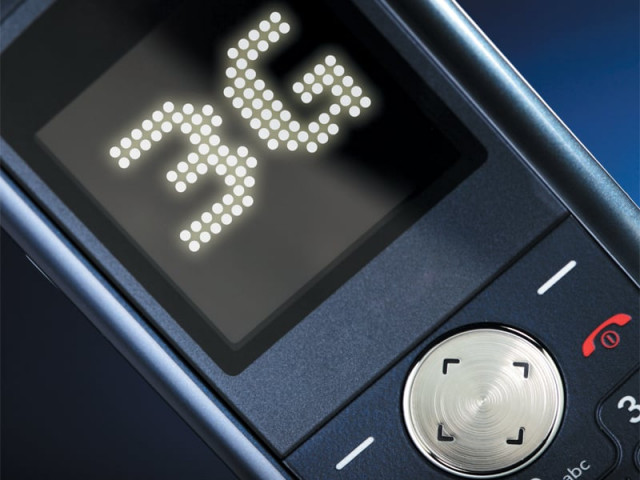
I am almost envious of the select South African “high-capacity bulk data” (i.e. 3G) users of the Vodafone-Vodacom service, whose Blackberry connection speeds were actually reduced from 3G to 2G levels recently. I wonder if this is ever likely to happen in Pakistan: mobile operators curbing mobile Internet browsing usage by virtue of its overuse.
At the moment we are attempting to achieve the exact opposite –to move from 2G to 3G. With the recent announcement by the PTA of 3G license auctions in March, the uncertainty associated with the coming of cellular 3G to Pakistan has largely been put aside. Ideally, cellular 3G access aims to provide mobile phone users with increased capacity to browse the internet, download mobile apps, view streaming movies, navigate with Google Maps and to engage in social networking via their mobiles.
Most of this is, of course, reasonably achievable via our existing 2.5G (GPRS) and 2.75G (EDGE) mobile data networks and since the third quarter of 2010, mobile operators have become more aggressive in offering us mobile data-centric packages. Thus we can browse the internet at cheaper rates. Additionally, many operators have also launched handsets, attractively coupled with free GPRS-bundles, specifically designed for accessing the internet. The underlying aim of this is build a firm clientele for internet.
However, more than a decade after the introduction of the GPRS services in Pakistan, the combined GPRS/EDGE based mobile data usage is estimated to be taken up by only 5% of the total mobile subscriber base in Pakistan. In fact, according to July-August 2010 edition of Aurora magazine, 80-85% of the revenue that our local operators earn is still derived from voice services. This will remain a major revenue stream for the next couple of years — a fact conceded by the operators themselves.
Thus, the impending 3G cellular license auctions will create a situation that puts operators under severe pressure. While they are only marginally benefiting from the second-generation data networks they have established so far, the operators cannot forgo the opportunity to bid for a 3G license without putting future network upgrade plans at risk. However, the bidding terms — the high pre-determined opening bid price of US $210 million and the restriction of only offering three 3G licenses to bid for — all blatantly favour the Pakistan Telecommunication Authority (PTA) and give little choice to the operators in terms of further investment into the high infrastructure cost of 3G at a time when they are reluctant to do so.
The license number restriction, in particular, does not provide a level playing field for all and will result in at least two operators being sidelined in terms of technology upgrading. This can be a potentially dangerous repeat of history; Paktel and Instaphone’s downfall occurred under somewhat similar circumstances.
Since the official announcement of license auctions by the PTA, the major operators have, at least publicly, put on a positive show of readiness for the upcoming auctions. Mobilink has officially announced its participation in the bidding process, whereas PTCL made a similar announcement in Dec 2011. Ufone and Telenor have been reported in the past two years to be engaged in partnerships with 3G equipment vendors to gear up their respective networks for 3G. Telenor, in particular, has made it clear that it would be willing to invest over US $ 2.5 billion in case they successfully acquire a 3G license.
Who will be ultimately successful will become apparent on March 29, the scheduled date for the actual license auctions. But the launch and availability of 3G does not necessarily guarantee its success. So let us not lose sight of the fact that it remains up to the ordinary mobile user — you and me — by seriously taking up the 3G service when it is offered and ensuring its operational success.
About the Author: Yasmin Malik is a Telecoms Analyst and a Visiting Faculty at the IBA
Published in The Express Tribune, February 4th, 2012.


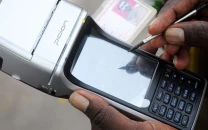
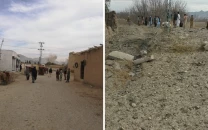

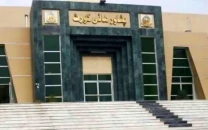
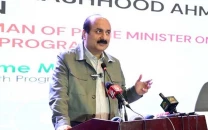












COMMENTS
Comments are moderated and generally will be posted if they are on-topic and not abusive.
For more information, please see our Comments FAQ